I recently got a request to do a post about how I’m using Google Docs to write my novels. Looking back over some old posts, I already covered this a year ago, and you can read that article here. I’ve now written two novels and I’m currently working on a third using the Google word processing software. I’m pretty much doing the same thing I started out doing except I’m no longer stitching together chapters to make a whole manuscript. I’m just writing linearly, the same way I used to write in Word. I can hear all the Scrivener users gasping. People still write this way folks, it isn’t so crazy. It’s also how you read a novel.
I still outline pretty extensively before starting a first drive. By using Google’s spreadsheet program I can have them both open in tabs and easily see them with one click. I can also keep all my images and notes in a folder and access them from any tab of my browser. The biggest reason I’m using Google Docs instead of LibreOffice is because during the first draft, I don’t want a dead laptop to kill my draft. If my lappy dies, I can grab a nearby Chromebook and carry on cranking out the word pies.
You may recall that I use Linux as my operating system. I normally run Ubuntu with the Unity desktop but this week I’ve switched to a more minimal look with the Gnome Desktop. Still running Ubuntu 16.10 under the covers. Anyway, in the above screenshot you can see my browser and a PDF of a screenplay that is my first draft outline for Betweos, my WIP.
I have found a add-on for GDocs that offers a TOC or Table Of Contents on the right. I like this because it lets me easily jump to whichever chapter I like. I set the size of the editor to Fit and it leaves me a gutter in which to jot notes.

I also use Jamie Todd Rubin’s word count and tracker program that you can read about on his blog. I have it set to record my word count at two in the afternoon which is well past my normal lunch hour writing sprints. It lets you know all the days you didn’t write by filling them with zeroes. But it’s nice to have a record without actually recording it into a spreadsheet after each session.
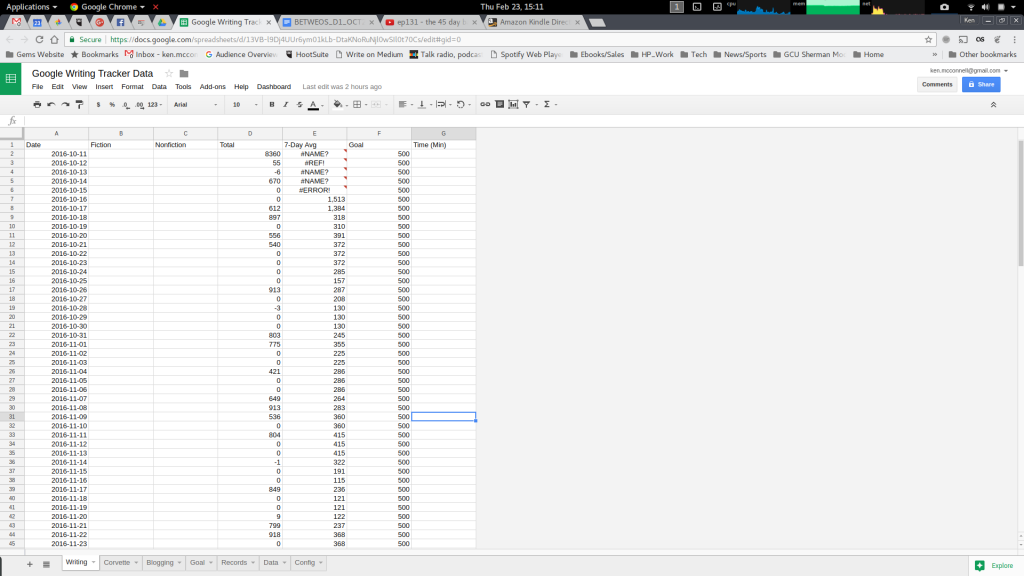
Above is part of the word count tracker spreadsheet for Betweos.
Because of the way Jamie’s software works, I have to keep my active WIP in a folder called SANDBOX. I have that located in my Fiction folder along with all my other stories. You can see the tracker spreadsheet lives there too, along with programs provided by Jamie.
My Betweos novel folder holds all my notes, outlines and misc stuff. You can look at images in the folders using this screen shown below.
Because I’m using a screenplay as my outline for Betweos, I have the screenplay up as a PDF and I Alt+Tab between them as needed. Below you see the same scene in both formats. I wrote the screenplay when I was in my early twenties. That was a loooooonnng time ago.
My novel outlines are exactly the same as they have always been, I just didn’t use one for this novel. My next novel is going to be a Mystery under my other writing handle – Johnny Batch. I’ll be back to a regular spreadsheet style outline for that novel.
I started writing Betweos in mid October of last year and as of now, late February of 2017, I’m only halfway through it. I need to buckle down and get this draft completed before summer. That’s when I’m supposed to start writing the next novel. I hope this short update post was informative for you. Ask away in the comments if you have questions.
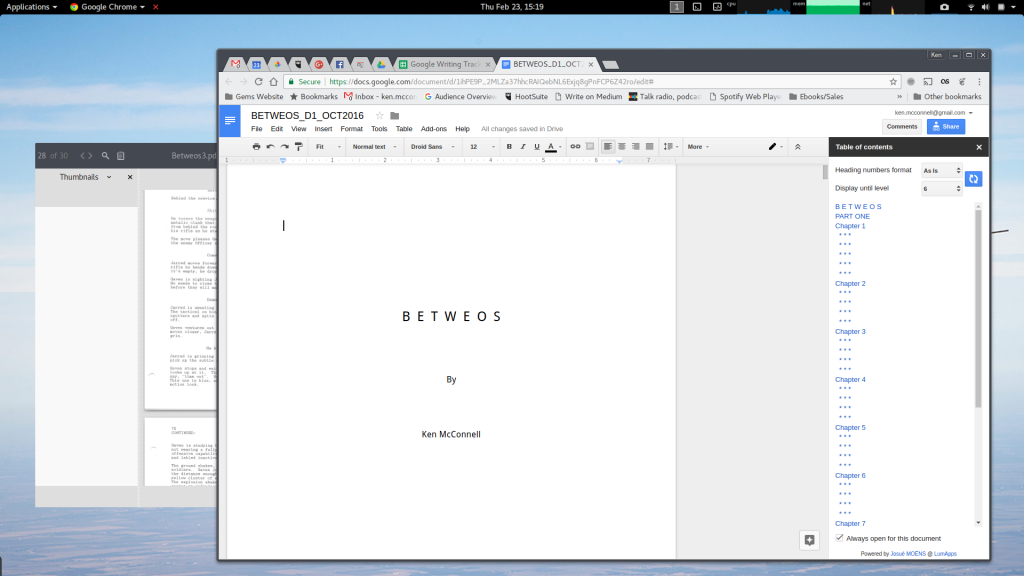
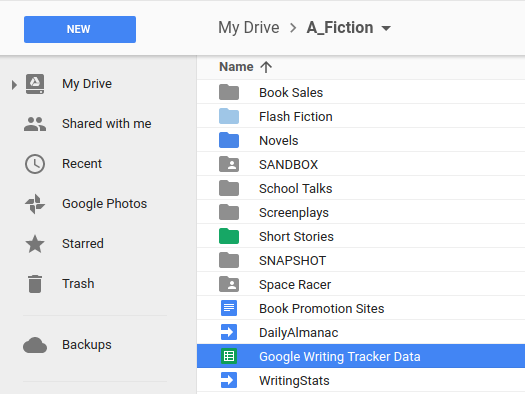
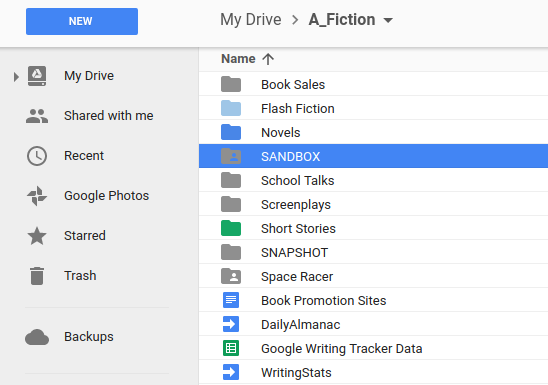
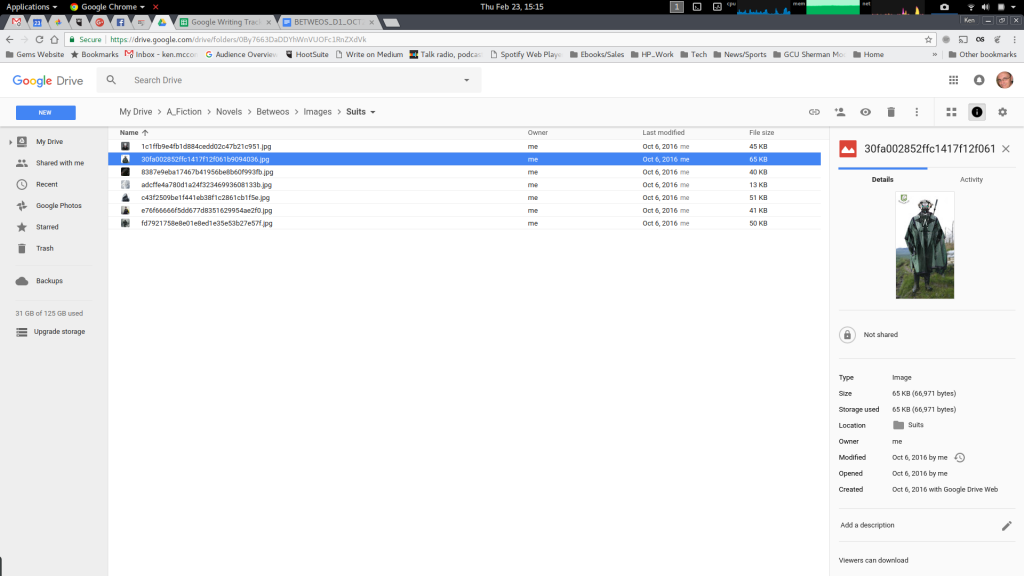
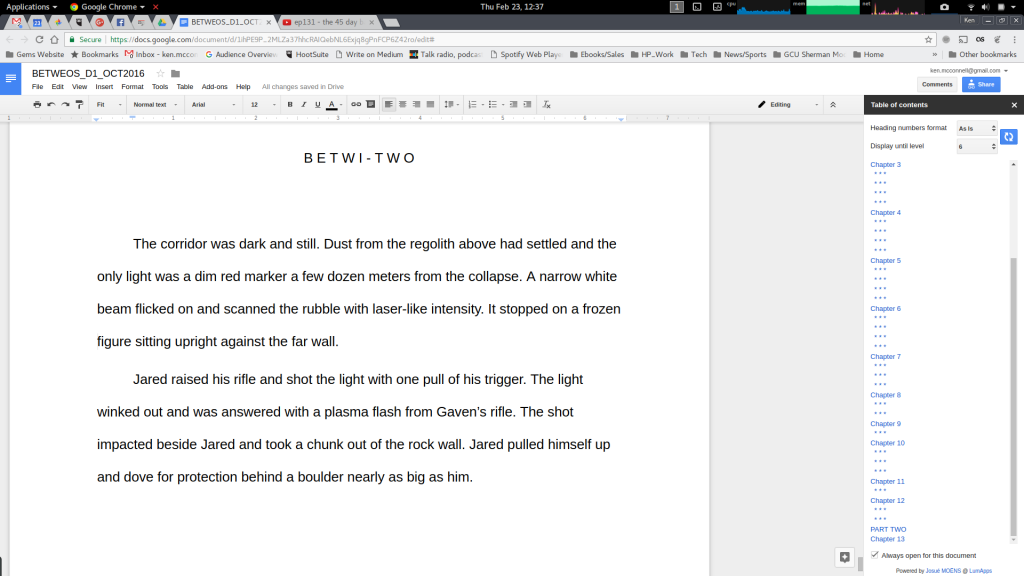
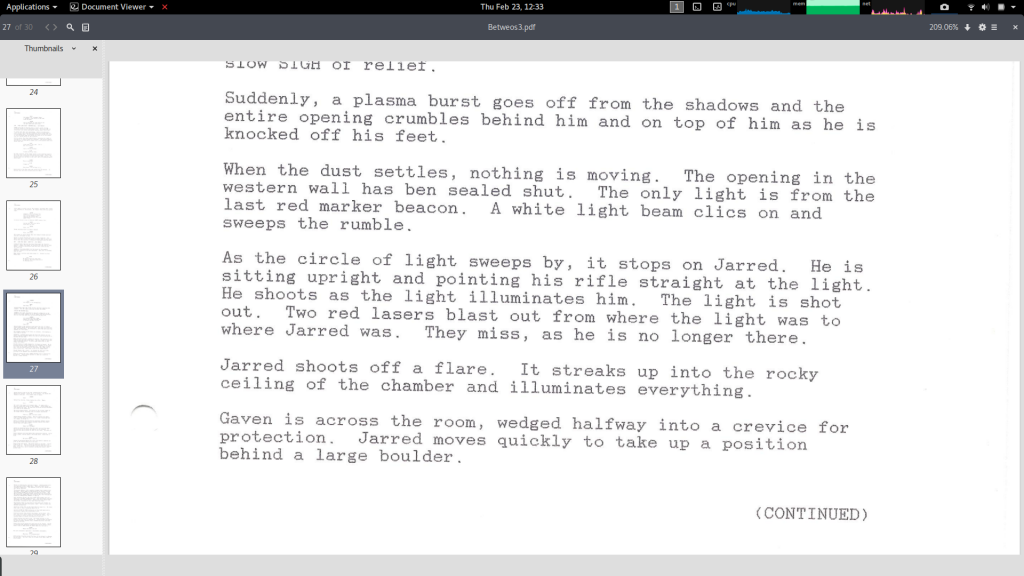
I am actually thankful to the holder of this website who has shared this enormous article at here.
Pingback: http://dubailady.hotprovider.com/home
can you show me a video for making a comic on google docs
The Red Flag Law provides all necessary procedural safeguards to ensure that no firearm is removed without due process while ensuring that tragedies, like the school shooting in Parkland, Florida, are not repeated.
This is my first time go to see at here and i am actually
impressed to read all at single place.
Arch linux user here. (I switch between cinnamon and gnome depending on which machine I’m using. Older laptop = cinnamon while the work horse desktop = gnome.) Docs are saved to Dropbox remotely and local folders.
While I’m always looking at new/different applications to work on the fiction, I always head back to Scrivener. As the Linux beta is getting a little long in the tooth with no updates on the horizon, I’ve been looking at alternatives. Long in the tooth does not equal bad, however, and I use it for my daily driver on the current WIP with zero issues.
Google docs is light-years better than I remember it just a couple years ago…THAT SAID, however, I have yet to find any application (especially native Linux) that matches the feature set of scrivener for keeping ALL of the info in one place. There are other apps that do it, but to my mind, most of them are kludgy, unintuitive or just downright ugly. The way you have set things up is nice, but at this point, scrivener still knocks it out of the park for me. (Also, I work linearly as well…it is just nice to have outline info, cork boarding and such available without having to try and re-invent the wheel. heh. )
Just an fyi for you, but the windows version of scrivener does work very well via wine (3.0 release candidate), and I have been beta testing the new version of scrivener (also version 3) which ALSO installs and works via the latest wine. It isn’t ready for prime time yet, but the latest beta is fairly stable.
Thank you for the information and keep pounding those keys! :-)
Bah. Forgot to add on a completely unrelated note, if battery life is a concern, I also recommend looking at something like xfce4. Power consumption is usually minimal compared to the beast of unity or the big brother of gnome.
Yeah, battery life not an issue so no need to lower the OS profile on this System76 lappy. ;-)
Let me just start by giving the obligatory, *gasp!* :)
I know you’ve shared your in progress spreadsheets before, but have you ever blogged on your outlining process? I’d be the first to admit to being intrigued by this so called planning thing.
Do you do all of your writing on the System76 machine? Or do you still use a chromebook too? And if so (and without intentionally being nosy) – what are the specs? I’ve mentioned before that I both love my chromebook, but found it underpowered for working with large scale documents in GDocs. Just curious where I erred in the specs.
Thanks, and happy writing!
I do use the System76 machine for 95% of my writing. Only when I can’t use it due to low battery or something do I switch to a Chromebook. The Chromebooks we have are the 14″ G4 ones from HP, 4 GB memory; 32 GB eMMC storage. I don’t notice any lag on them. I might do a post about plotting an outline for the next Mystery book. Good suggestion!
That’s cleared my thoughts. Thanks for conutibrting.
It’s posts like this that make surfing so much pleasure
Caramel has a whole range, from pourable to hard, depending how hot you get your sugar. Toffee denotes caramel with dairy fat that’s brittle and crunchy.